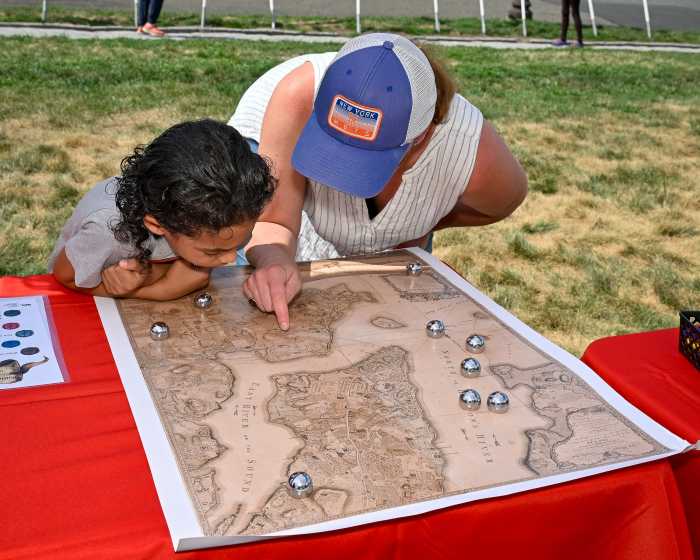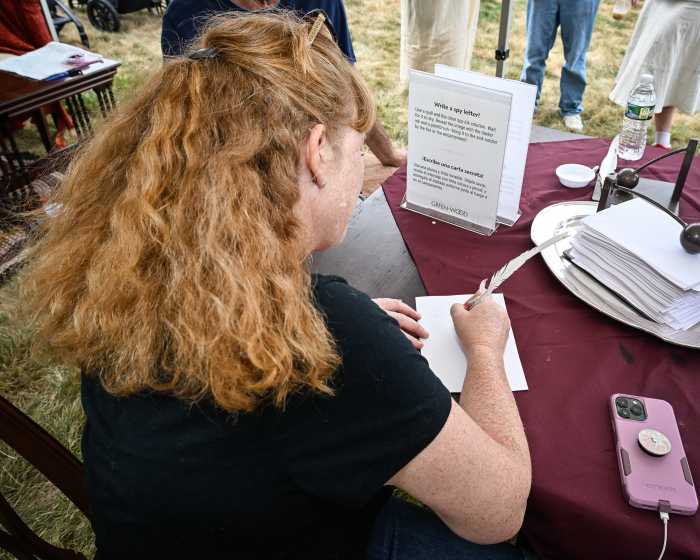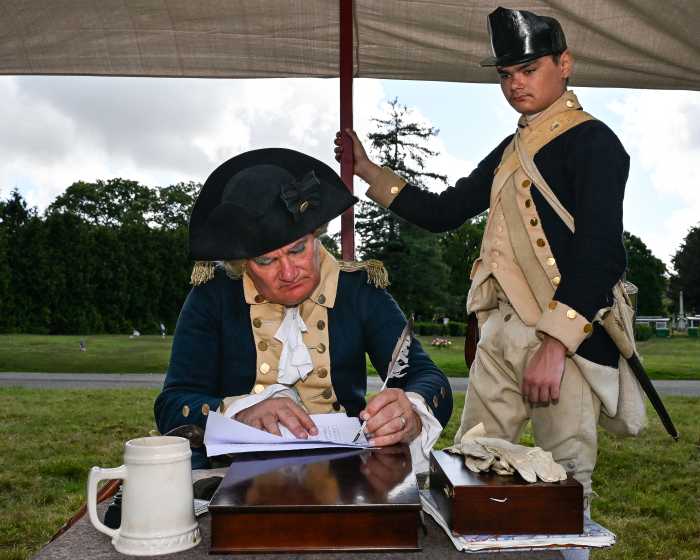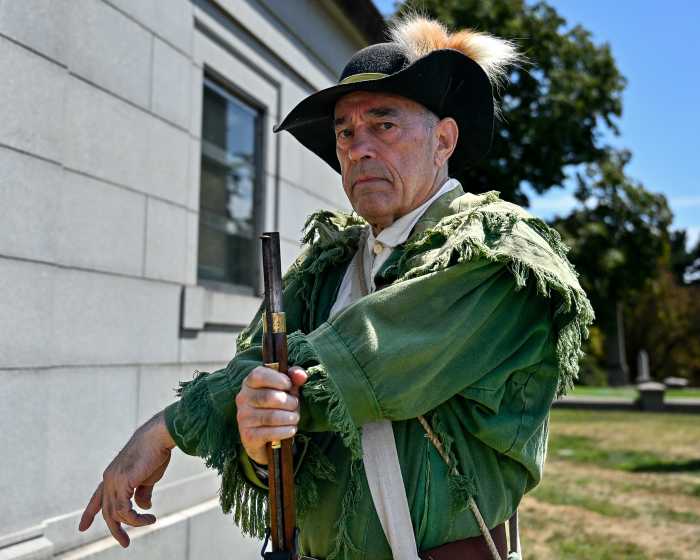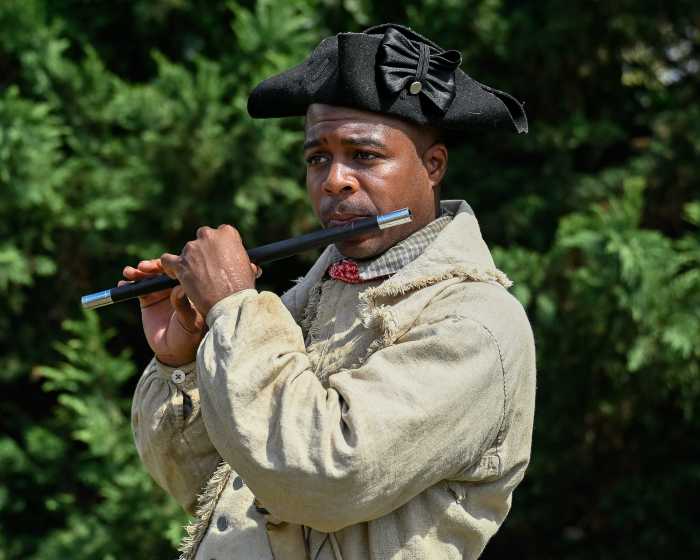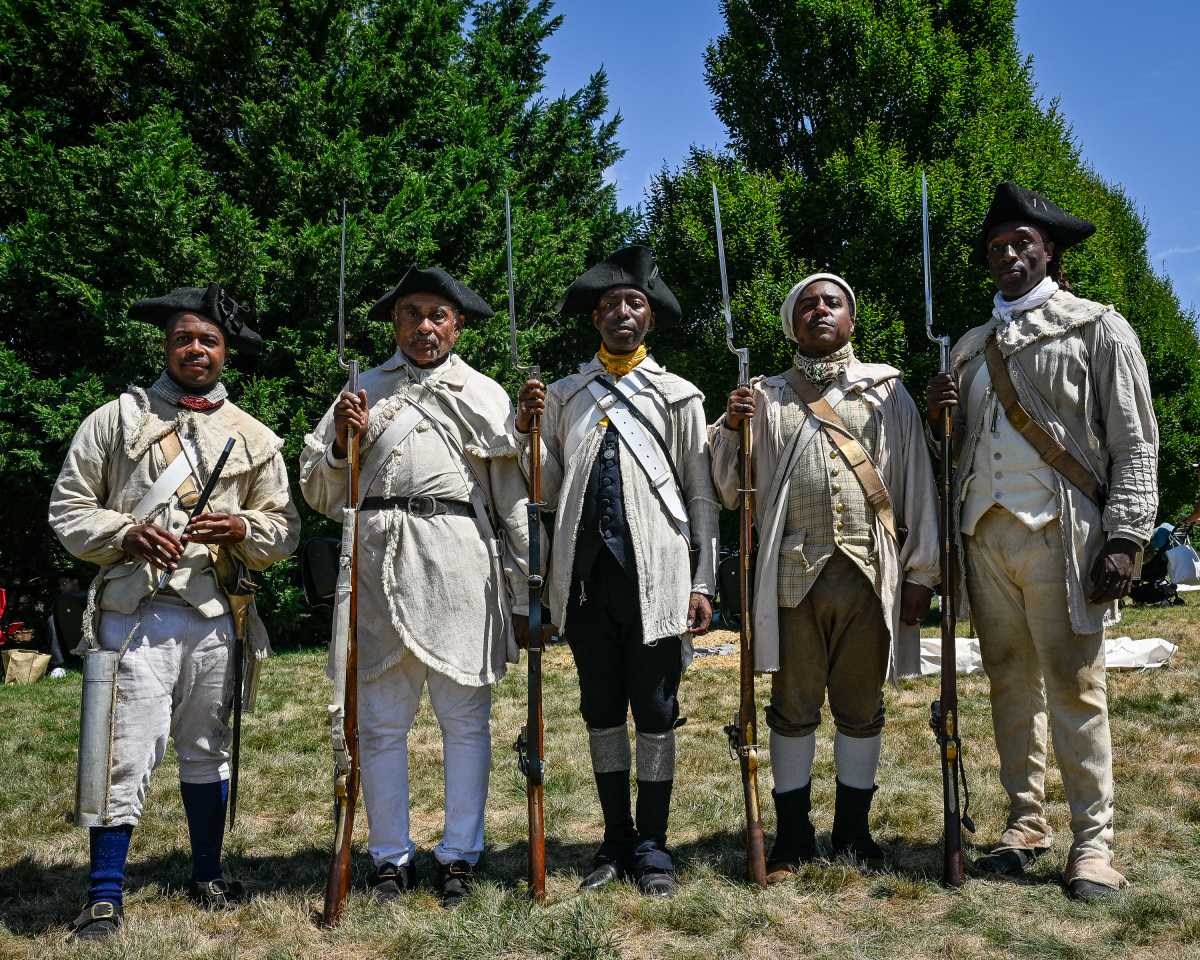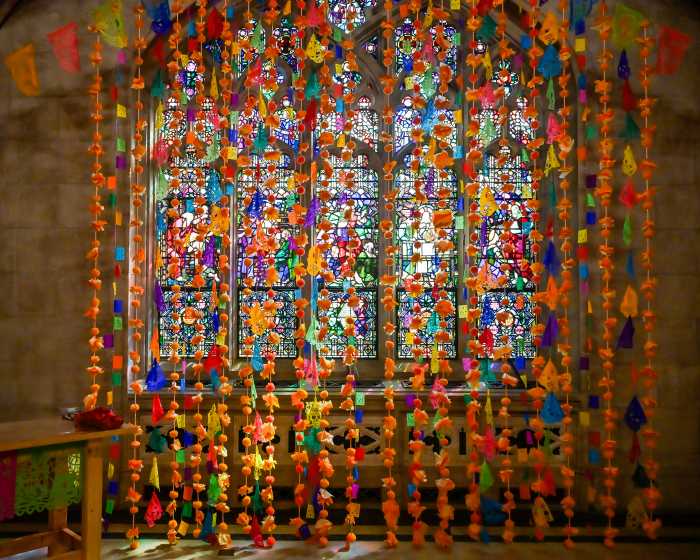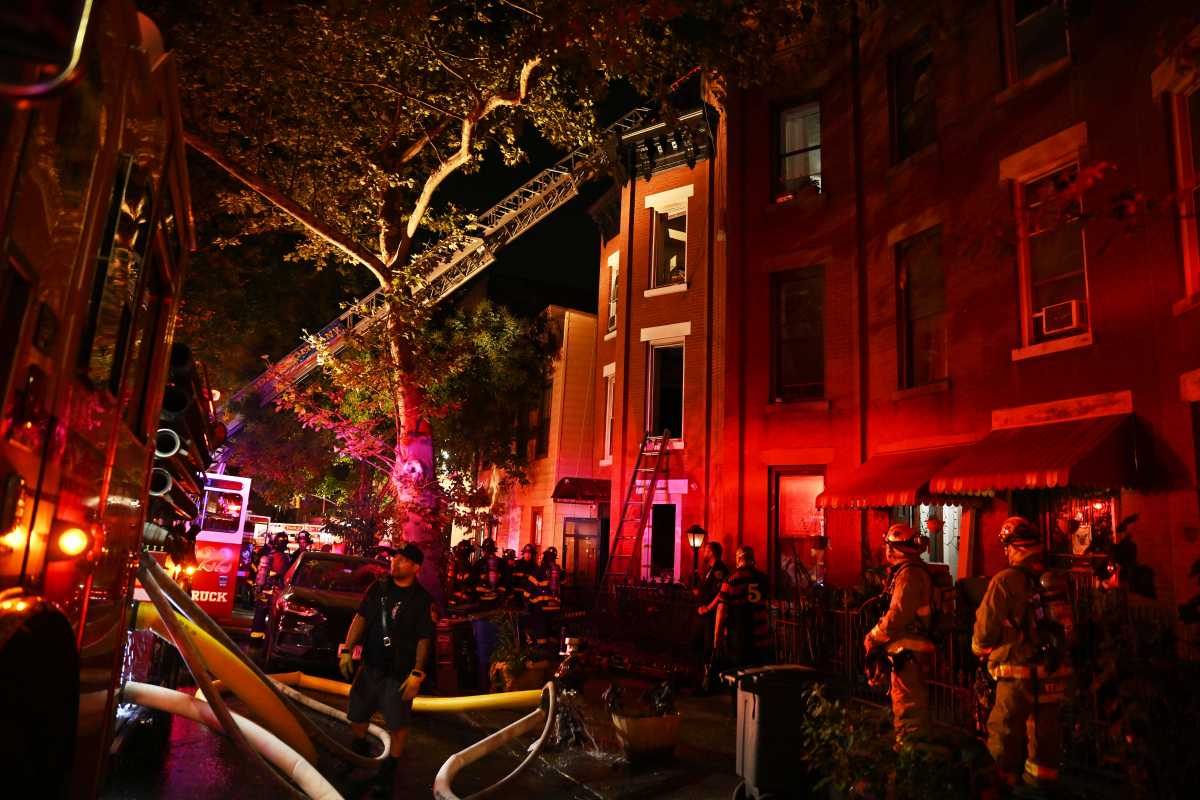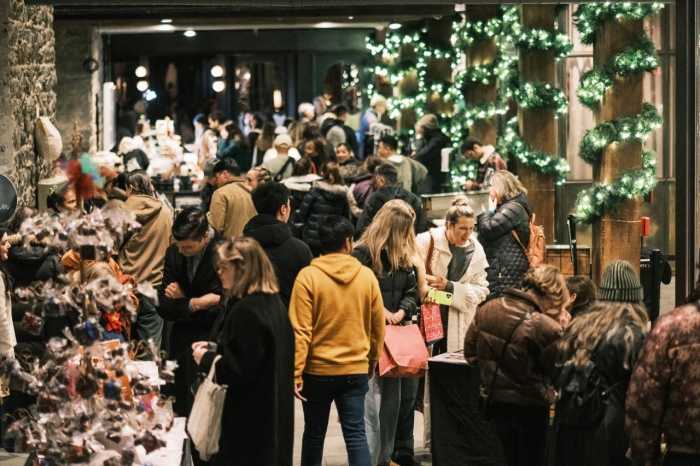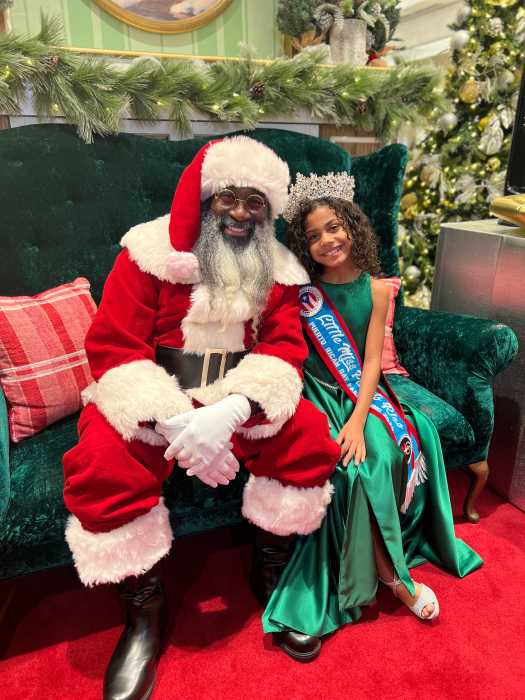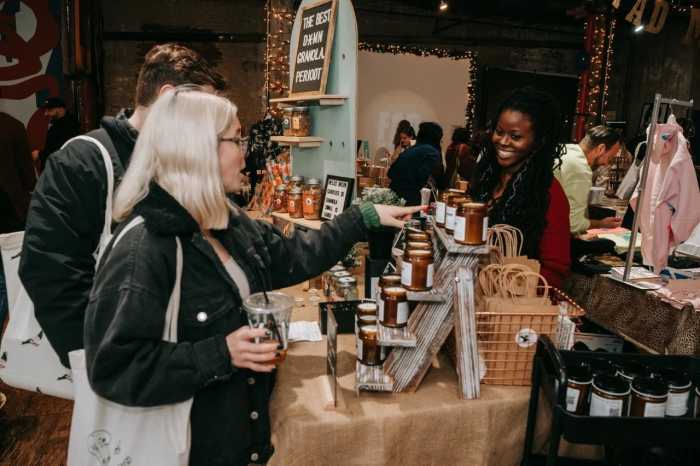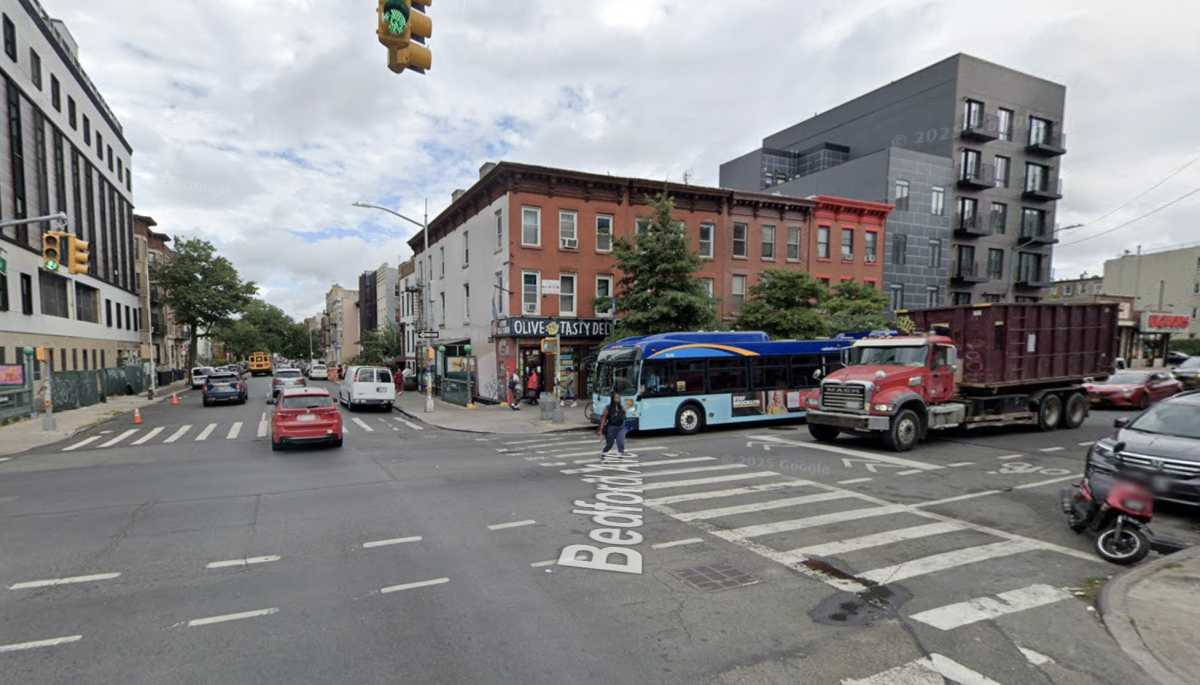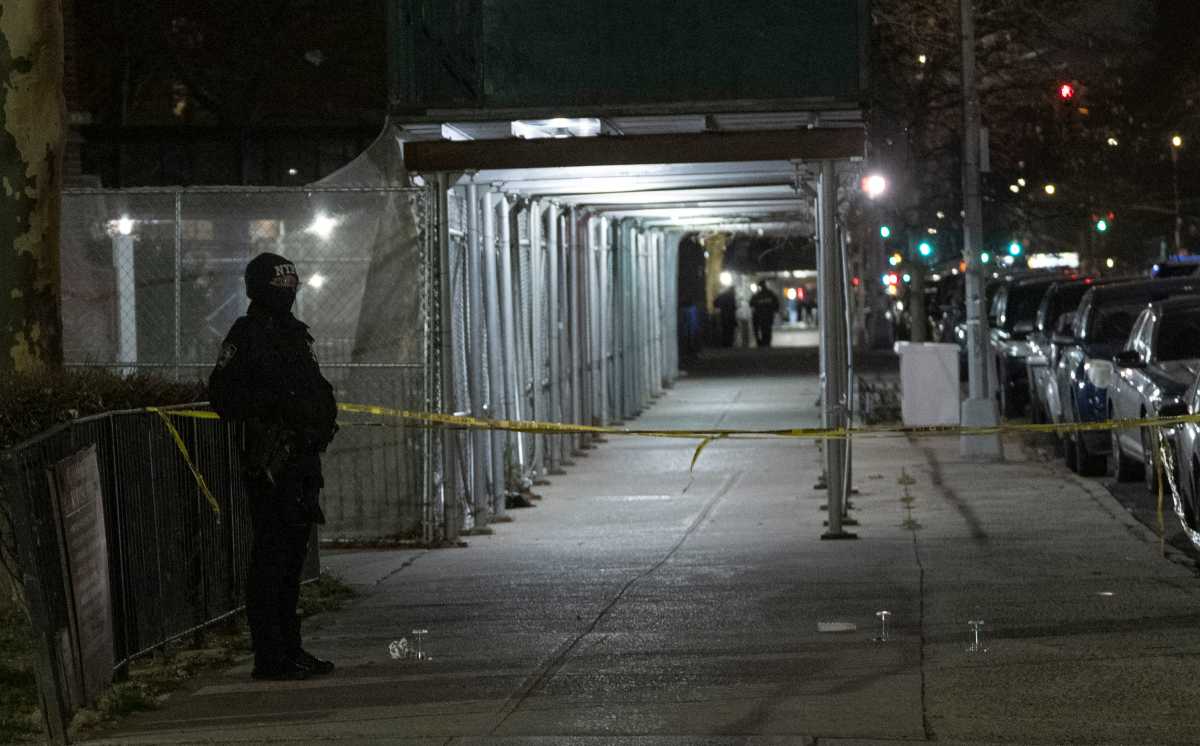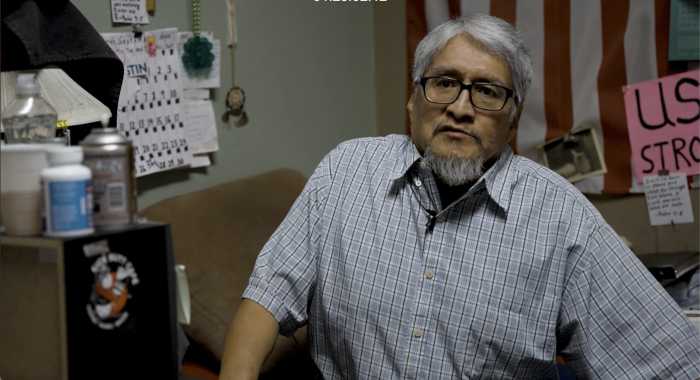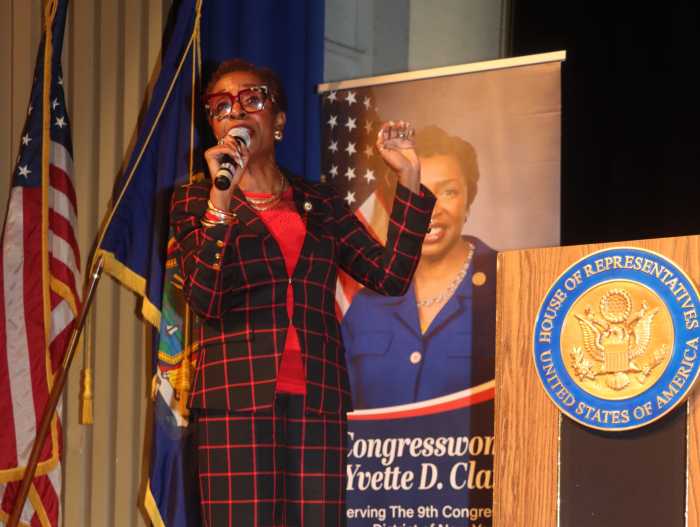Brooklynites, history buffs, and Revolutionary War reenactors commemorated the 249th anniversary of the Battle of Brooklyn — the first major and largest military engagement of the American Revolution after the signing of the Declaration of Independence — at Green-Wood Cemetery last weekend.
Green-Wood is one of dozens of local sites where the Continental Army, led by General George Washington, fought against British forces in August 1776. Almost 250 years later, visitors of all ages explored history through presentations and lectures and hands-on activities, like writing secret messages in invisible ink and learning how “camp followers” — women who supported the troops with first aid and cleaning — washed the soldiers’ uniforms. One not-so-fun, fact: the camp followers often used aged human urine, also known as “chamber lye,” to wash clothes because the ammonia it contained broke down grease and dirt on fabrics.
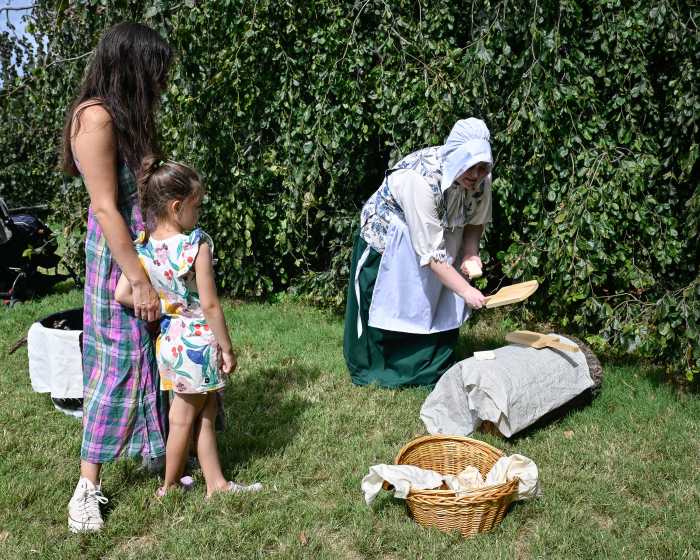
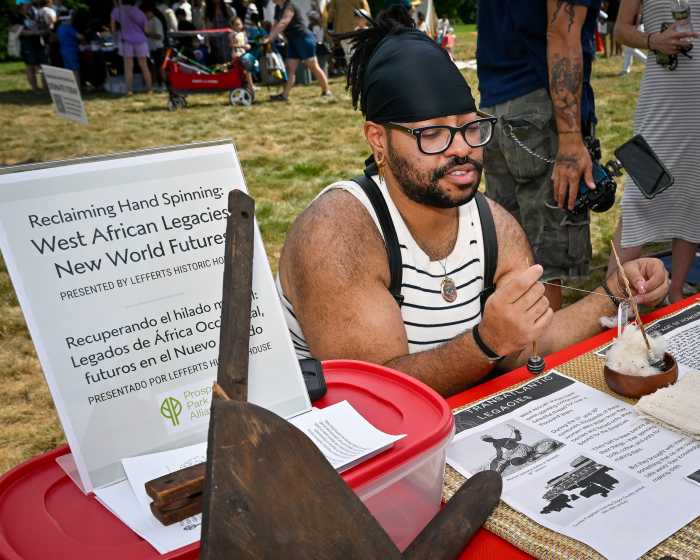
Revolutionary War reenactors portraying soldiers with the 1st Rhode Island Regiment of Foot highlighted the historical importance of Black and Indigenous soldiers during the war.
The 1st Rhode Island Regiment of Foot was formed in 1778 after the Rhode Island Assembly authorized the enlistment of enslaved Black and Indigenous men because Washington faced severe troop shortages. In return, the men were granted their freedom. While the unit was integrated with white soldiers, it became known as the “Black Regiment.” Among the group’s most notable battles were the Battle of Rhode Island in 1778, the Battle of Pine Bridges, and the Siege of Yorktown in 1781.
History buff Antoine Watts, president of the 1st Rhode Island Regiment/6th United States Colored Troops, said reenactments teach the public about the contributions and sacrifices Black and Indigenous soldiers made not only during the Revolutionary War, but also the Seven Years’ War, the Mexican-American War, and the Civil War.
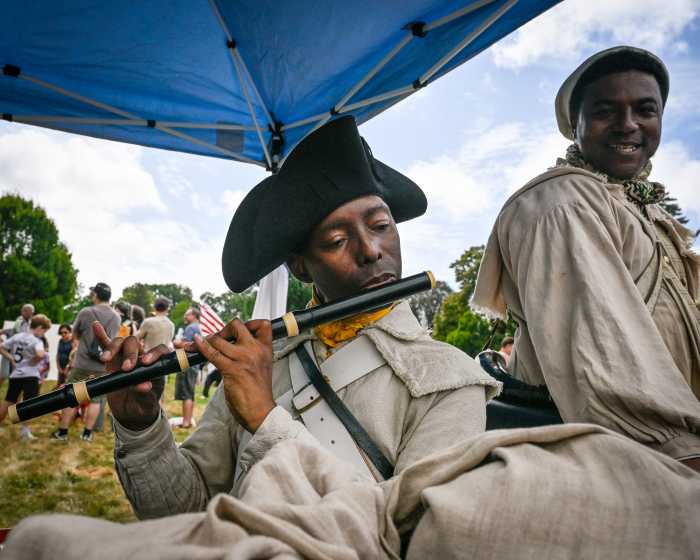
“There was always that fear that history would be taught that we did nothing, but that’s not true. In every conflict that this country had, even before it was a country, there were people of color fighting alongside European Americans for whatever their conflict was,” Watts noted. “Every generation seems to forget that we were there and we were a significant part of it. It’s not that we’re not saying that we won it all by ourselves, but we were there. We, in some cases, were pivotal to some of the most poignant events.”
Watts’s fellow “soldier” of the 1st Rhode Island Regiment, Steve Thomas, founder and president of Living History Co., became interested in reenactments when he was 10 years old.
“It has shaped my life a bit. I started by playing the fife. I ended up getting a scholarship to Valley Forge Military Academy and College for field music, and I learned from the British Royal Marines,” Thomas shared. “I did [reenactment] as a hobby for a bit, and then I ended up owning a company, and we staff and cast reenactors around the country.”
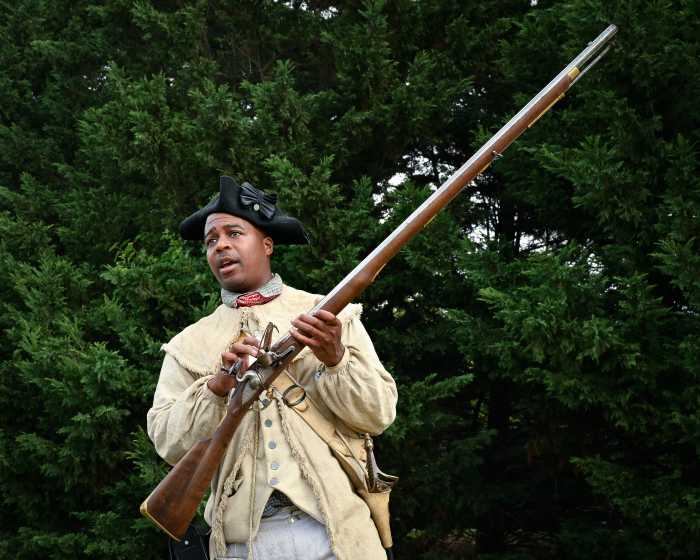
Thomas pointed out that Washington, a slave owner himself, wasn’t too keen on recruiting enslaved Black and Indigenous men at the time, banning the enlistment of enslaved Black men when he took command of the Continental Army in 1775.
“But it doesn’t really work out for him, because a bunch of [white soldiers] die, and so they all have to group together to become the Rhode Island regiment anyway,” Thomas said.
Friends Naomi Rubin and Jonah Neustadt learned about the Battle of Brooklyn event through Green-Wood Cemetery’s email list.
“I didn’t know about the Battle of Brooklyn, and I was intrigued to know about the battle that happened in this area that’s now completely developed and thriving in other ways,” Rubin told Brooklyn Paper and Neustadt added, “It’s such a great way to learn by immersed into it, and it’s so interactive and so engaging that I feel like I’m learning so much right now.”
Rubin and Neustadt learned from the 1st Rhode Island Regiment of Foot reenactors that, until 2020, the official name of Rhode Island was the State of Rhode Island and Providence Plantations.
“We learned about the history of plantations in Rhode Island and how they brought soldiers in and basically paid for slaves’ freedom in order to fight. So that was fascinating. It’s a very specific detail about this battle and about the war that I wouldn’t have known if I hadn’t come here,” Rubin shared.
The event culminated with a parade to Battle Hill — the highest natural point in Brooklyn and a key site of the 1776 battle — where attendees honored the lives lost during the battle with a ceremony.
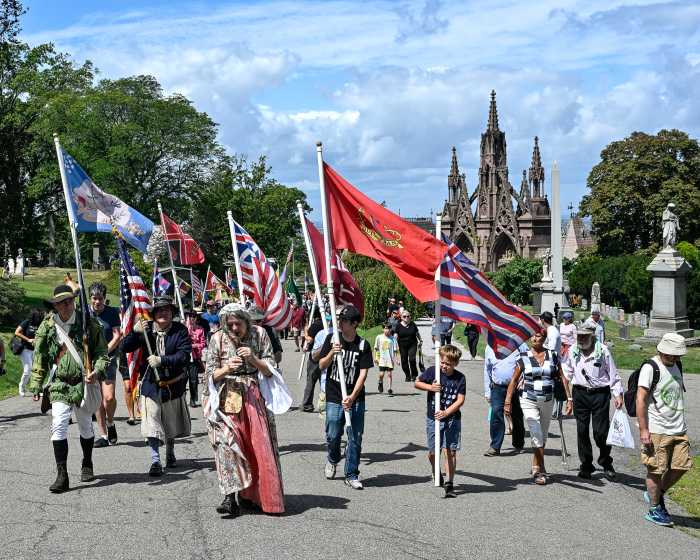
Rachel Walman, director of Education at Green-Wood Cemetery, told Brooklyn Paper that the Battle of Brooklyn was pivotal in the Revolutionary War.
“Fighting this one battle here in Brooklyn, even though it was a loss for the Continental Army, it was such an important part of the war,” Walman explained. “Without this war effort starting here in Brooklyn, people might not have had enough confidence to keep fighting with Washington. What I hope people take away is that this was a tipping point, almost, and that it took a lot of different people’s work as well to make that happen.”
